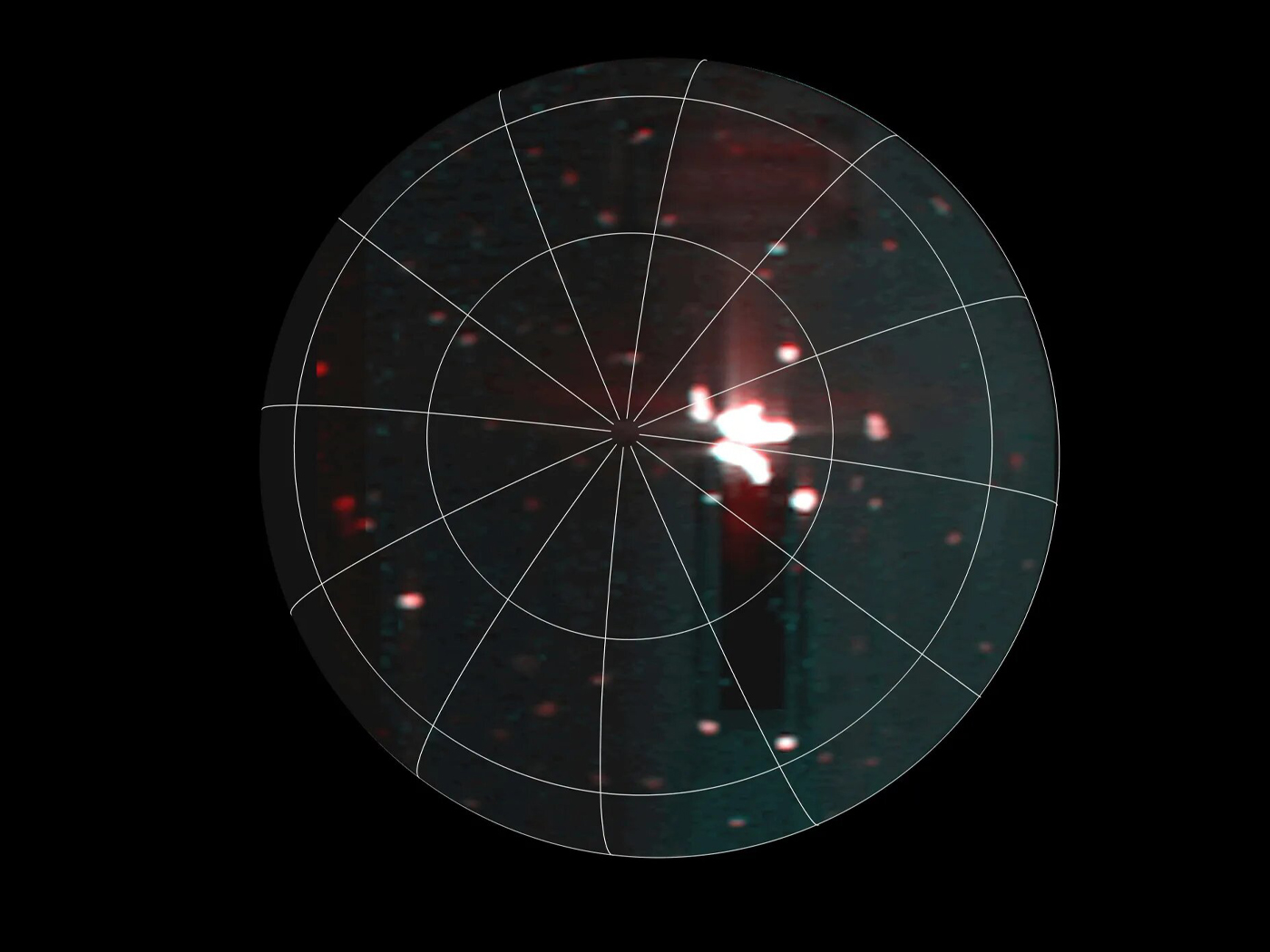Evolutionary scientists do not know how the human brain's ability to process language supposedly evolved from a non-speaking ancestor. Recent technological advances have enabled scientists to explore this subject in new ways, and one researcher's review reveals two flaws that underpin the whole research effort.
The review article, published in a special supplementary edition of the Proceedings of the National Academy of Sciences, summarized the history of discovery and implications of a special gene named FOXP2.1 Researchers in 1990 found that specific mutations to FOXP2 caused a heritable speech defect in a family in England. The gene produces a protein that clamps onto DNA to help regulate expression of other genes.
Initially, evolutionists thought that a small change in this one gene might have produced dramatic changes in humanity's supposed ape-like ancestor's brain. For example, a 2002 report in Nature noted that the human-specific version of FOXP2 "may be pertinent with regard to the evolution of human language."2
Emery University's Todd Preuss wrote "As a gene associated with a human-specific trait [speech], FOXP2 would at first glance seem to be a dream come true for evolutionary geneticists."1 Could this be a language gene that explains how a human brain could have evolved from a chimp brain?
No. The high hope once held for FOXP2 as a key to explain the evolution of speech in the brain was dashed on the rocks of real research. Analyses of FOXP2 gene activity showed that it was not only used in brain tissues that facilitate speech, but also in various tissues throughout the body with a variety of uses. And a broad array of animals including all mammals, birds, fish, reptiles, and alligators share an almost identical gene—although none of those creatures talk like people.
This represents an overlooked flaw in the evolutionary research approach. Because FOXP2 turned out to be involved in many traits, its evolution by natural selection is highly improbable. Supposedly, nature "sees" and "selects" an individual with a certain trait. How, then, could a single natural environment select multiple traits at once?3
Regardless, Preuss continued to assert that natural selection, not God, designed organisms. He wrote of "whole-genome screens to identify genes that underwent human-specific sequence changes as a result of selection."1 Scientists can indirectly detect if selection did not cause a gene. But if they weren't present in the past to observe any changes, how can any researcher know that human-specific genes were the result of selection or even that they were the result of any kind of changes? More likely, the DNA differences existed from the beginning.
Preuss wrote, "In neither case, however, do we have a direct connection between language and the specific FOXP2 substitutions [mutations] that took place in human evolution."1 In other words, the gene does not directly connect to a trait that nature could select. So how could nature select the human-specific version of FOXP2 during "human evolution"?
The second flaw is the author's reliance on a logical fallacy to support the concept of human evolution. It begs the question, which occurs "when a person merely assumes what he or she is attempting to prove."4 Thus, the 2002 Nature report begged the question of evolution in their statement, "Our method suggests that the fixation occurred during the last 200,000 years of human history."2 But the "method" the researchers used was force-fitting the FOXP2 sequence data into a diagram that assumes evolution.
Preuss and others did not mention—let alone test—the possibility that FOXP2 was purposely placed to serve multiple functions throughout many body tissues in many creatures. Creation science, however, does not suffer from either of the two flaws that characterized the FOXP2 investigation.
References
- Preuss, T. 2012. Human brain evolution: From gene discovery to phenotype discovery. Proceedings of the National Academy of Sciences. 109 (Supplement 1): 10709-10716.
- Enard, W. et al. 2002. Molecular evolution of FOXP2, a gene involved in speech and language. Nature. 418 (6900): 869-872.
- Guliuzza, R. 2010. Natural Selection Is Not 'Nature's Design Process.' Acts & Facts. 39 (4): 10-11.
- Lisle, J. Logical Fallacies: The Fallacy of Begging the Question. Posted on answersingenesis.org August 17, 2009, accessed June 28, 2012.
* Mr. Thomas is Science Writer at the Institute for Creation Research.
Article posted on August 6, 2012.




















